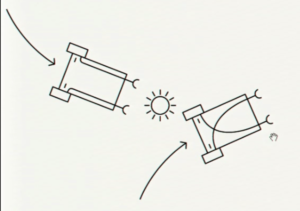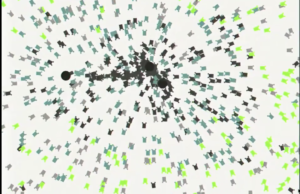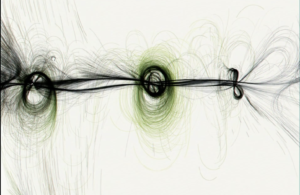The projects that Casey Reas presents in his talk are interesting and beautiful to look at. If one is to judge him on the aesthetics of his work, it would be a 10/10. The kaleidoscope looking project he worked on included a hybrid of creative pioneering but also the skilled use of his programming skills. What surprised me most about that project was the fact that his process included a year of not even touching a computer. The idea of being an artist really shone through when he mentioned that. His creative process wasn’t limited by the constraints of technology.
On the more critical side, his presentation was quite frankly boring. Though he has had experience with presenting his work before, the monotone and lecture like speech was detrimental to the audience’s reception. I think that having a good presentation is able to elevate the idea and make people more responsive to it, so his dull presentation was bit…hm.



